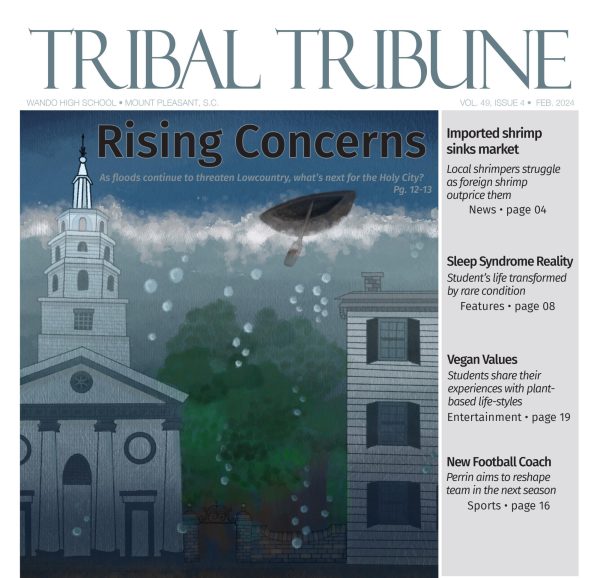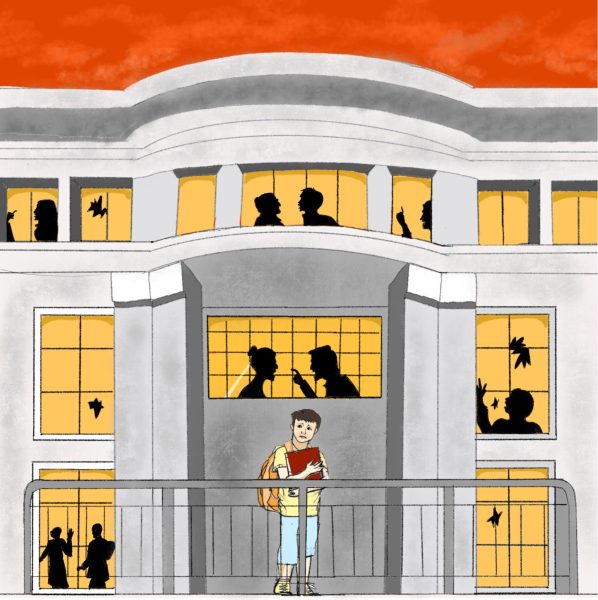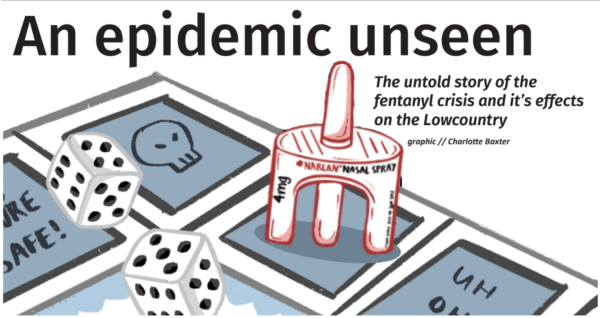The fight to preserve paradise
Local movement works to keep town’s historic beauty
For nearly six years, Jim Bagwell never missed a meeting. For one single goal. To preserve the small town feeling of Mount Pleasant.
Over the past couple of years, discussions around the expansion within the town of Mt. Pleasant has grown immensely. Local leader Bagwell has spent many years fighting for a cause he believes is just. That cause was Saving Shem Creek.
Saving Shem Creek was a movement created to fight for keeping the traditional feel of the historical creek. Rather than replace and expand the low country area, Saving Shem Creek aimed to shut down expansion projects, and preserve the well known aesthetic.
“The reason that we got started initially was the parking garage. Everybody was upset about it, but they were upset about the design, upset about the scale of it, for that area of town,” Bagwell said. “And we also felt like they were violating their zoning ordinance, which did not allow office buildings in the Shem Creek area.”
Growing up in what is now known as the Old Village, Bagwell has a deep rooted love and connection for the creek.
“‘I’ve worked as a shrimper on Shem Creek for two years and got a real… sense of what the creek is all about. I always love Shem Creek, I grew up basically, around the creek. But having worked on the creek, I really just developed a sincere love for it,” Bagwell said.
As chairman during the Save Shem Creek campaign, Bagwell said that being involved in the local government helped his cause the most. Bagwell calls on the community to fight for change they want to see by getting involved.
“You have to watch what’s happening around you. You have to read the news. You have to watch the reports from town council meetings. You have to go to town council meetings and I think a lot of people would learn a lot about how their government functions,” Bagwell said.
Former mayor of Mt. Pleasant Linda Page was initially elected to keep the small town feel of the town. During her campaign for town council, Page openly fought against the expansion of Coleman Boulevard. Eventually Page would go on to become mayor to continue the fight against growth.
“[They] were changing Coleman Boulevard to an urban corridor using something called form based planning. And personally, I didn’t particularly like it. So I ran for council because my friends were tired of me complaining and not doing anything about it,” Page said.
Zoning codes are used to determine what can be built, and where it can be constructed. These zoning codes are often taken advantage of, and abused to construct projects that are often against the public’s wishes.
Page says that many politicians don’t plan far ahead like they should, reacting to an issue as it comes up, rather than proactively creating a solid foundation that can be built upon. In the case of developing a community, the reactive way of deciding things makes it hard to combat zoning laws that were already determined upwards of hundreds of years ago.
Former town council member Mark Smith was chairman of the Economic Development Committee, and also sat in on the planning committee as well during his time on council. With being chairman of the Economic Development Committee, Smith constantly experienced the process of development.
“Every project that was submitted to the town of Mt. Pleasant Development Committee had the opportunity to be fully vetted by the town staff. Their decisions were shaped and framed around the land use development plan, which is a 10 year plan that has lots of public input for citizen engagement, to decide what the future of the land in Mount Pleasant should be,” Smith said. “
However, before a plan can even be approved, the zoning laws must be implicated.
“Before any decision can be made on a project, there are laws on the municipalities books that govern how density how many housing units, how big a house can be, what the setbacks from the property lines have to be are all part of the planning laws that are on the books for the town of Mt. Pleasant,” Smith said.
Similar to both Bagwell and Page, Smith encourages residents to get involved in the town council and government.
“I would encourage the citizens to always go to any public information input sessions when projects are being vetted. And pay attention to the orange or yellow zoning signs that go up in and around their neighborhood that are required for meeting notifications to anybody who’s traveling that area,” Smith said.
When zoning signs are put up, QR codes are attached, giving the residents more information about the property.
“Stop and read the sign and take some action to understand what’s about to happen with that property and if it’s going to be something, have input on shaping what the future of that land use will look like… by attending meetings, speaking to elected officials, and ultimately considering running for an elected official position,” Smith said. “You can help be a part of preserving and protecting or changing and updating laws that you feel are necessary.”







